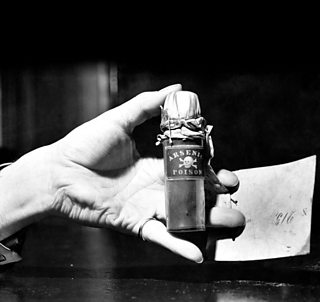Six surprising things we learned about wallpaper
No one wants to watch paint dry – but how about listening to a wallpaper podcast?
Well, it makes for a rather intriguing listen.
Here are some of the things we learned from the first episode of The Curious History of Your ±«Óãtv.
1. Early paper making was inspired by wasps.
According to legend, an ancient Chinese court official called Cai Lun watched a queen wasp regurgitate a sticky substance to build its nest. He decided to try emulating it by boiling up bark flakes together with hemp waste and other substances to create a pulp. The resulting mash was then sifted before being pressed and left to dry. And that is how he invented paper – at least according to the story. It is unlikely that Cai Lun was the sole inventor, although he seems to have helped innovate the production process. Which admittedly sounds less legendary.

2. Wallpaper first appeared in Europe in the 16th century.
Papermaking was popular in ancient China, and some forms of it likely existed as early as the third century BC. But it took over 1,000 years for the idea to spread to the West. The earliest known example dates from 1509 and was found in Christ's College Cambridge, made by Hugo Goes of York. It has a monochrome design including pomegranates and Islamic motifs.
3. Its popularity was partly fuelled by coal.
Around the middle of the 16th century, households started to move from log to coal fires. The thick coal smuts tended to ruin the lovely textile tapestries that adorned the walls. Paper proved to be a cheaper alternative.
4. England introduced a wallpaper tax in 1712.
The government couldn't help but notice that the wallpaper industry was booming – and they wanted a share of the profits. But while it led to a price hike, customers’ demand for wallpaper remained high.

5. Some 19th century wallpapers contained a deadly substance.
This discovery was made by Dr. Thomas Orton, a leading London physician, following the death of the three-year-old Ann Amelia Turner. She had been suffering from a mysterious illness, which Orton traced to the bright green paper on the bedroom wall. The cause of death was confirmed to be arsenic poisoning.
6. In the 1930s, 100 million rolls were produced in Britain each year.
Wallpaper then dipped in popularity towards the end of the millennium. But more recently, wallpaper has peeled back the years and the industry is enjoying a 21st century resurgence.

